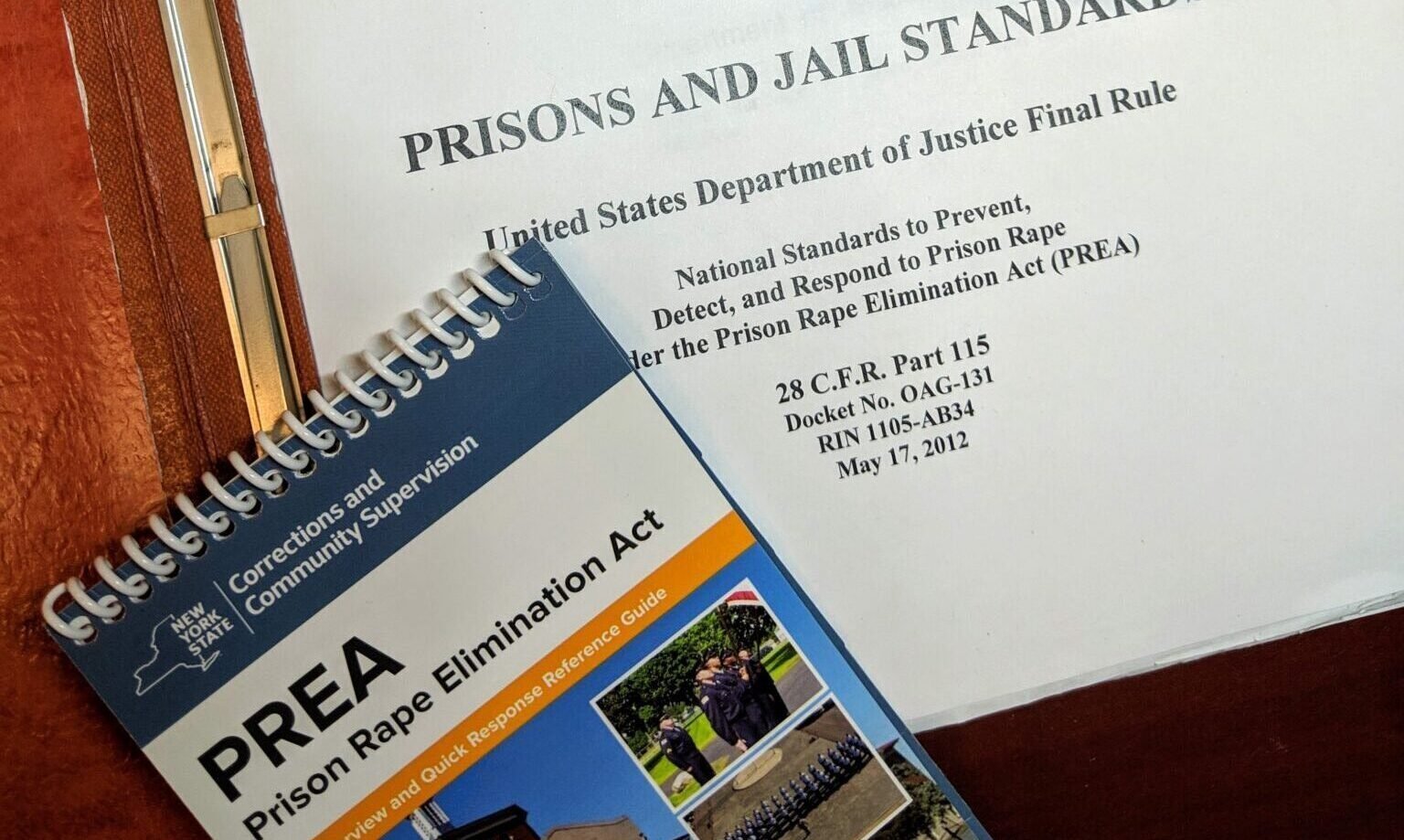In 2012 the Prison Rape Elimination Act (PREA) took effect. Among other changes, we all have annual classification hearings in which we’re asked a handful of questions about how we identify and whether we’ve been sexually assaulted. Though I’ve been openly gay for a very long time now, each year during my PREA hearing I identify myself as heterosexual.
PREA sorts people into three categories: “predator,” “victim” and “neutral.” Someone who is heterosexual—on paper, at least—gets to be “neutral.” Whereas someone whose paperwork shows them to be anything other than heterosexual is much more likely to be classified as “victim,” even if they’ve never been assaulted.
Compared to heterosexual prisoners, LGBTQ+ folks are many times more likely to be assaulted—not just by other prisoners, but also by staff. Many who’ve been assaulted don’t report it, and so it’s a good thing that however you need to answer they take your word for it, even if there’s no record in the system. But a problem that arises with this system is that a “victim” and a “predator” can never be housed together. This probably sounds like a good thing, and in many cases it is. But labels can be misleading.
Many “violent sexual predators” are LGBTQ+ folks classified that way because they were sex workers living with HIV, or teenagers who’d had consensual sex with other teenagers. In my experience LGBTQ+ people in prison are just as often classified as “predator” as they are “victim.”
[Bolding added]
Archived at https://archive.is/YGbj7
Many “violent sexual predators” are LGBTQ+ folks classified that way because they were sex workers living with HIV, or teenagers who’d had consensual sex with other teenagers. In my experience LGBTQ+ people in prison are just as often classified as “predator” as they are “victim.”
That is just, oof 🤦♀️


